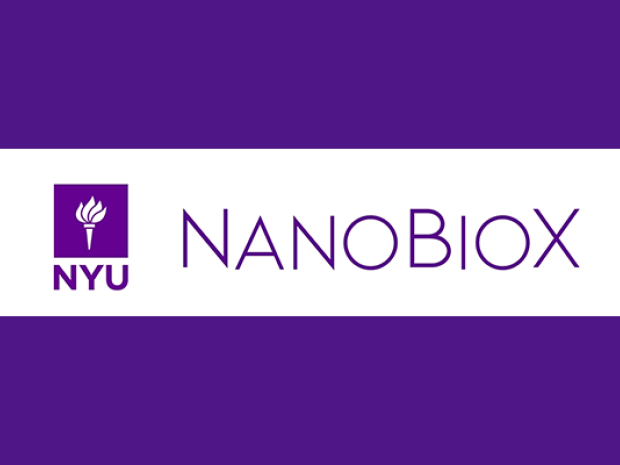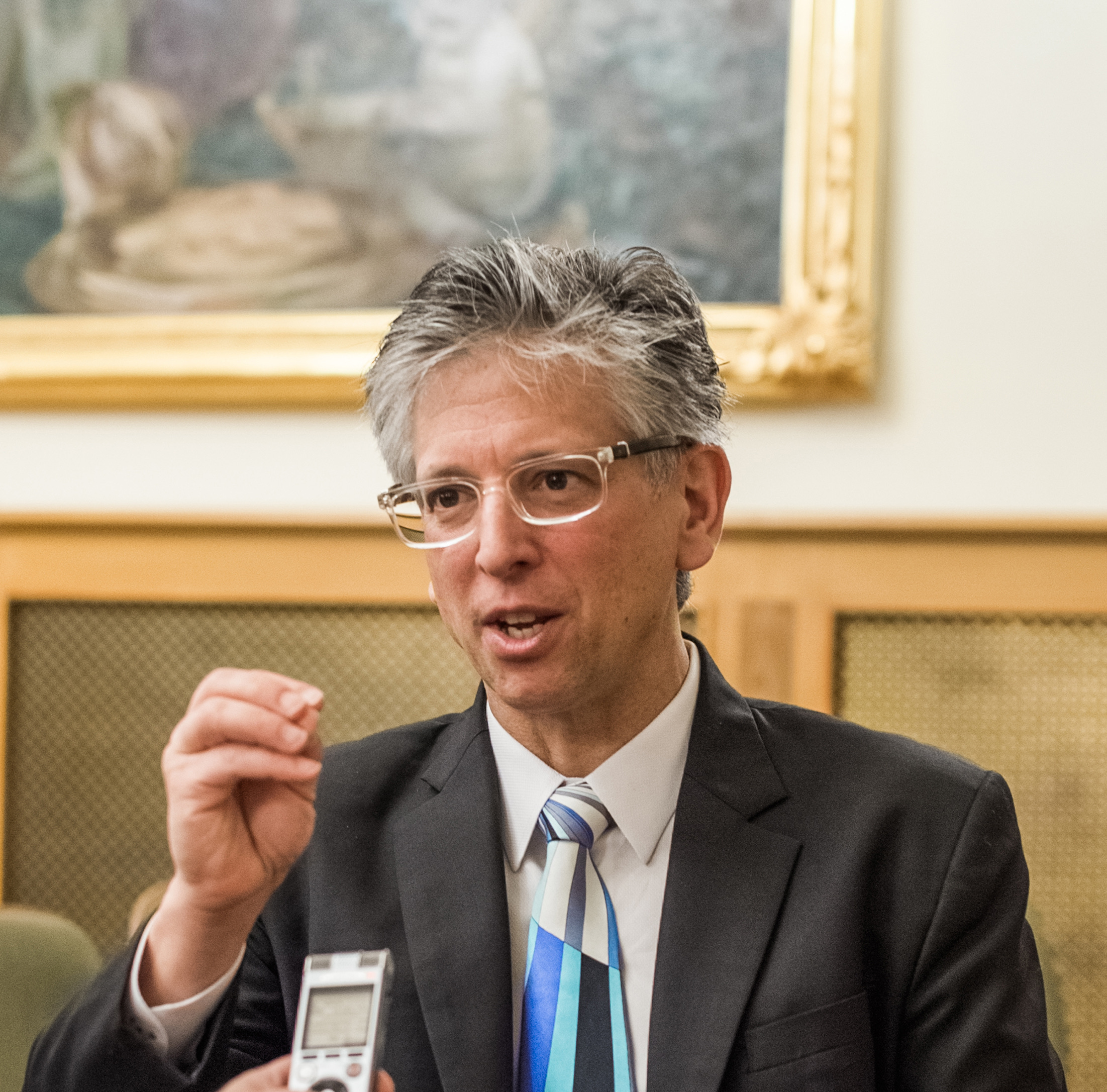Mimicking Nature: Controlling Charge, Heat, and Spin

Speaker
Paul S. Weiss, Ph.D.
California NanoSystems Institute
Departments of Chemistry & Biochemistry, Bioengineering, and Materials Science & Engineering
University of California, Los Angeles
Abstract
Mimicking Nature: Controlling Charge, Heat, and Spin
One of the key advances in nanoscience and nanotechnology has been our increasing ability to reach the limits of atomically precise structures. By having developed the “eyes” to see, to record spectra, and to measure function at the nanoscale, we have been able to fabricate structures with precision as well as to understand the important and intrinsic heterogeneity of function found in these assemblies. The physical, electronic, mechanical, thermal, and chemical connections that materials make to one another and to the outside world are critical. Just as the properties and applications of conventional semiconductor devices depend on these contacts, so do nanomaterials, many nanoscale measurements, and devices of the future. We explore the important roles that these contacts can play in preserving key transport and other properties. Initial nanoscale connections and measurements guide the path to future opportunities and challenges ahead. Band alignment, minimally disruptive connections, and control of spin and heat are all targets and can be characterized in both experiment and theory. I discuss our initial forays into this area in a number of materials systems.
Bio
 Paul S. Weiss graduated from MIT with S.B. and S.M. degrees in chemistry and from the University of California at Berkeley with a Ph.D. in chemistry. He is a nanoscientist and holds a UC Presidential Chair and is a distinguished professor of chemistry & biochemistry, bioengineering, and materials science & engineering at UCLA, where he was previously director of the California NanoSystems Institute. He currently holds visiting appointments at Harvard’s Wyss Institute and several universities in Australia, China, Hong Kong, India, and South Korea. He studies the ultimate limits of miniaturization, developing and applying new tools and methods for atomic-resolution and spectroscopic imaging and patterning of chemical functionality. He and his group apply these advances in other areas including quantum information, precision medicine, neuroscience, microbiome studies, tissue engineering, cellular agriculture, and high-throughput gene editing. He led, coauthored, and published the technology roadmaps for the BRAIN Initiative and the U.S. Microbiome Initiative. He was the founding editor-in-chief of ACS Nano and served in that role from 2007–2021. He has won a number of awards in science, engineering, teaching, publishing, and communications. He is a fellow of the American Academy of Arts and Sciences, American Association for the Advancement of Science, American Chemical Society, American Institute for Medical and Biological Engineering, American Physical Society, American Vacuum Society, Canadian Academy of Engineering, IEEE, Materials Research Society, National Academy of Inventors, and an honorary fellow of the Chinese Chemical Society and Chemical Research Society of India.
Paul S. Weiss graduated from MIT with S.B. and S.M. degrees in chemistry and from the University of California at Berkeley with a Ph.D. in chemistry. He is a nanoscientist and holds a UC Presidential Chair and is a distinguished professor of chemistry & biochemistry, bioengineering, and materials science & engineering at UCLA, where he was previously director of the California NanoSystems Institute. He currently holds visiting appointments at Harvard’s Wyss Institute and several universities in Australia, China, Hong Kong, India, and South Korea. He studies the ultimate limits of miniaturization, developing and applying new tools and methods for atomic-resolution and spectroscopic imaging and patterning of chemical functionality. He and his group apply these advances in other areas including quantum information, precision medicine, neuroscience, microbiome studies, tissue engineering, cellular agriculture, and high-throughput gene editing. He led, coauthored, and published the technology roadmaps for the BRAIN Initiative and the U.S. Microbiome Initiative. He was the founding editor-in-chief of ACS Nano and served in that role from 2007–2021. He has won a number of awards in science, engineering, teaching, publishing, and communications. He is a fellow of the American Academy of Arts and Sciences, American Association for the Advancement of Science, American Chemical Society, American Institute for Medical and Biological Engineering, American Physical Society, American Vacuum Society, Canadian Academy of Engineering, IEEE, Materials Research Society, National Academy of Inventors, and an honorary fellow of the Chinese Chemical Society and Chemical Research Society of India.

